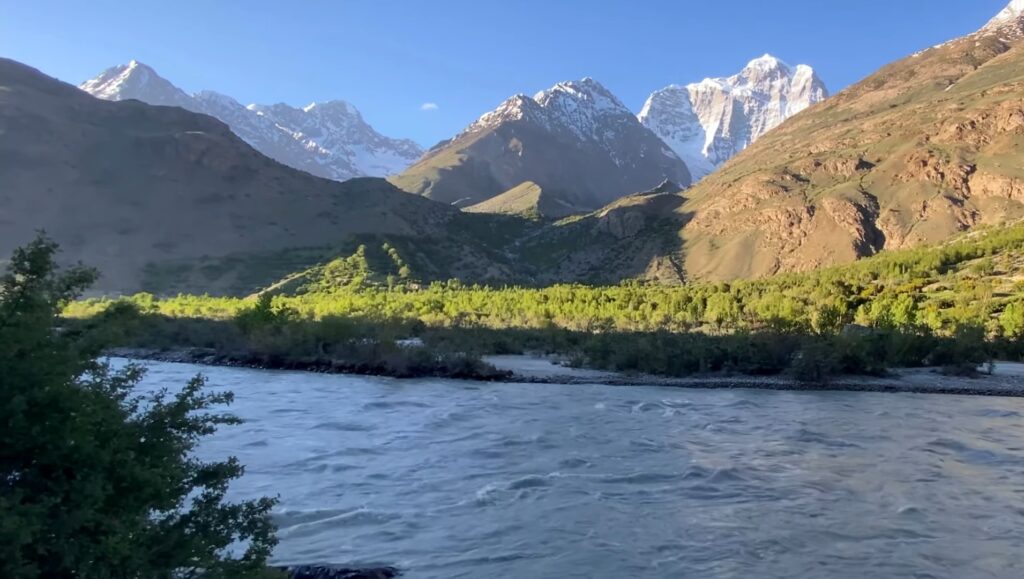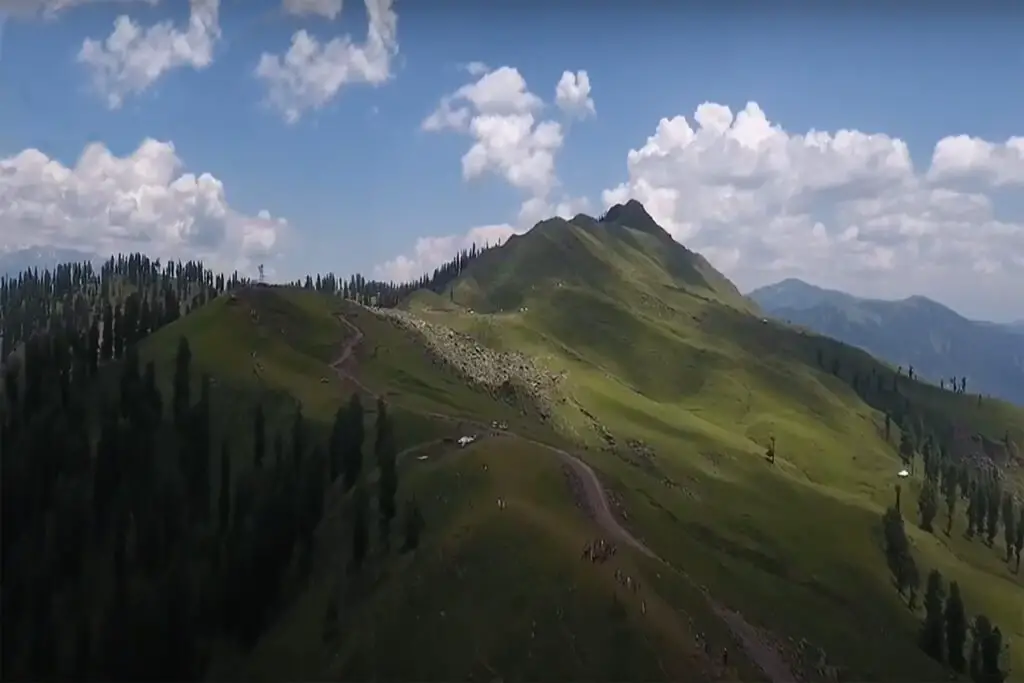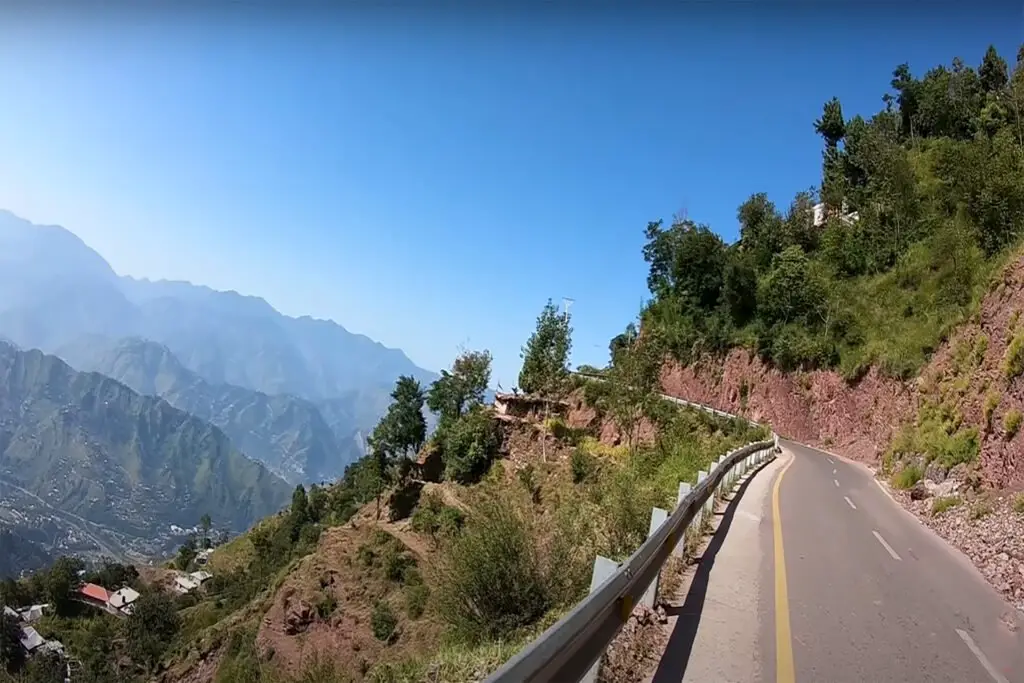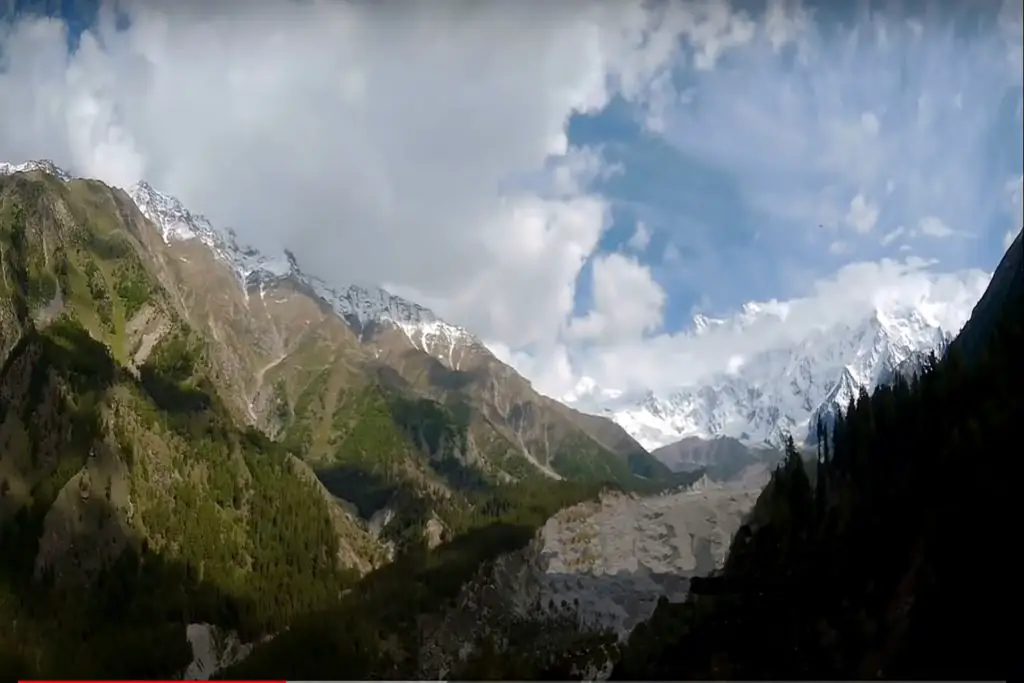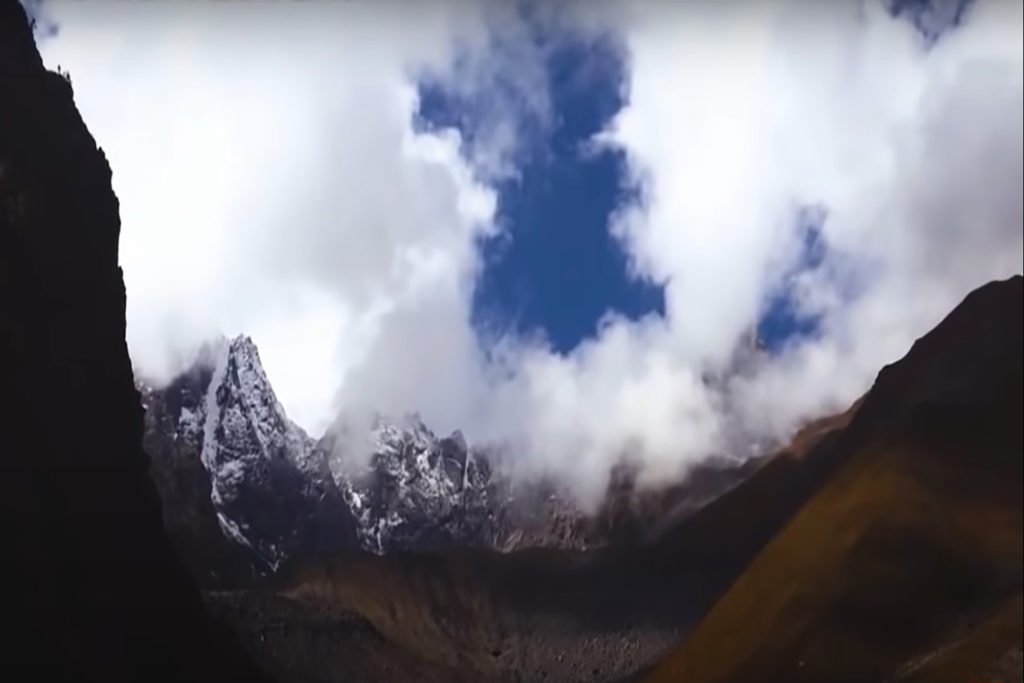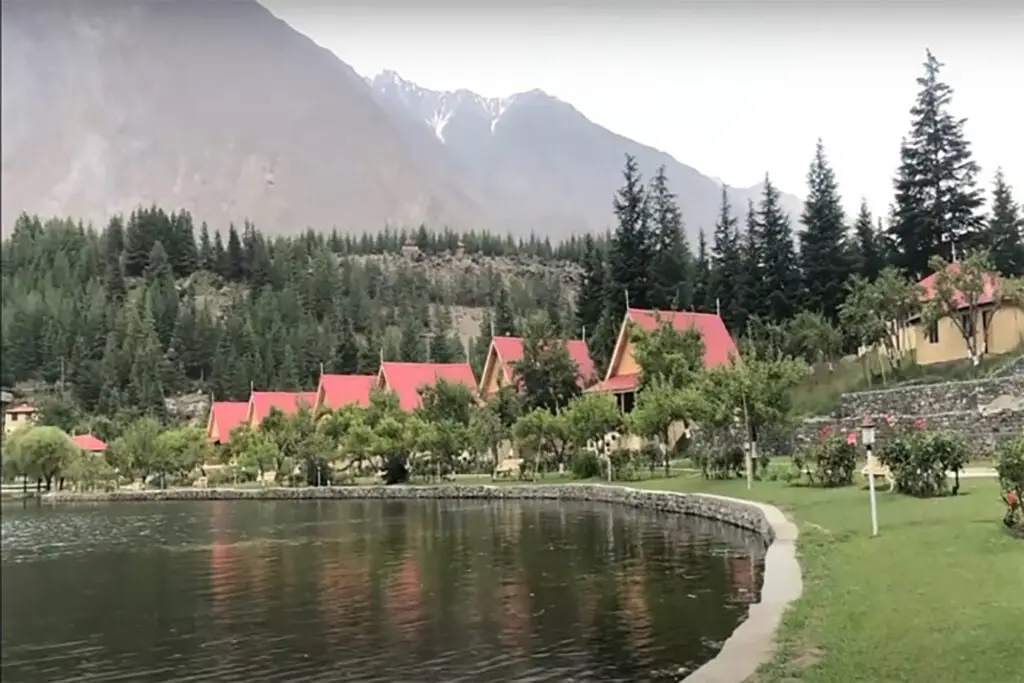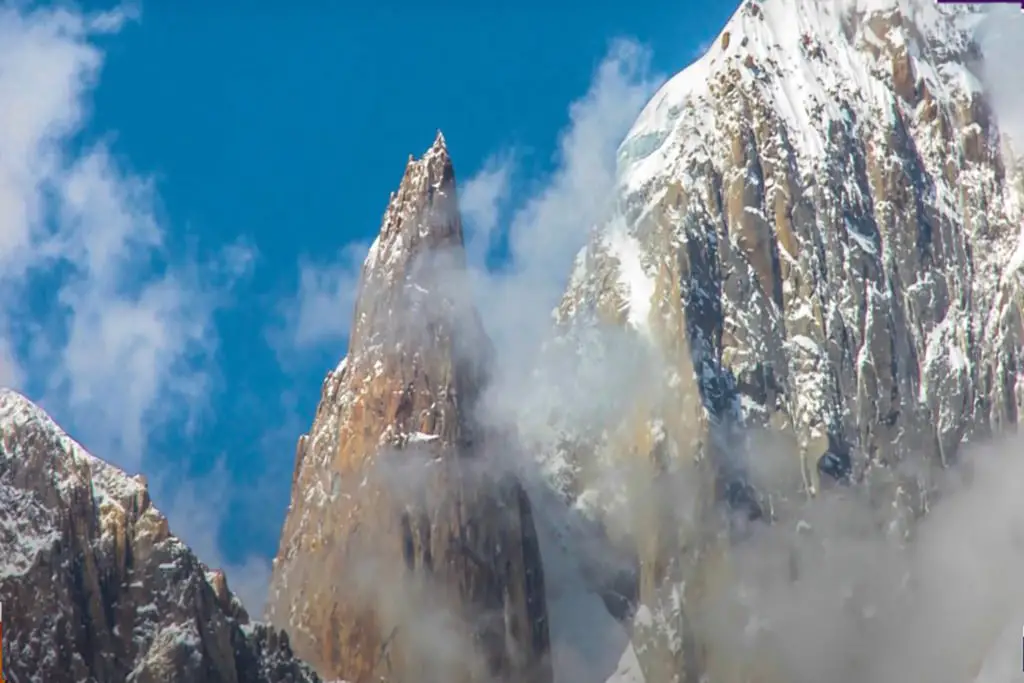Koyo Zom is a beautiful and challenging peak located in the Hindu Raj range of Northern Pakistan. It offers mountaineers and trekkers a unique opportunity to explore the remote and beautiful areas of the region. Whether you choose to climb to the summit or trek to the base camp, Koyo Zom is sure to leave you with unforgettable memories of the stunning landscapes and friendly local people.
Location of Koyo Zom
Koyo Zom is a stunning peak located in the Hindu Raj mountain range in Northern Pakistan. This mountain is a popular destination for mountaineers and trekkers due to its challenging terrain and breathtaking views. In this article, we’ll explore the history, geography, and climbing routes of Koyo.
Height and Geography of Koyo Zom:
Koyo Zom, also known as Koyo-e-Zom, is the highest peak in the Hindu Raj range, standing at 6,871 meters (22,546 feet). It is located in the Chitral district of Khyber Pakhtunkhwa province of Pakistan. The mountain was first climbed by a German expedition team in 1968, led by Wolfgang Heichel.
The peak is surrounded by several other significant mountains, including Karkoram and Himalayas. The Koyo Glacier lies to the north of the peak, and it is a significant source of the Yarkhun River.
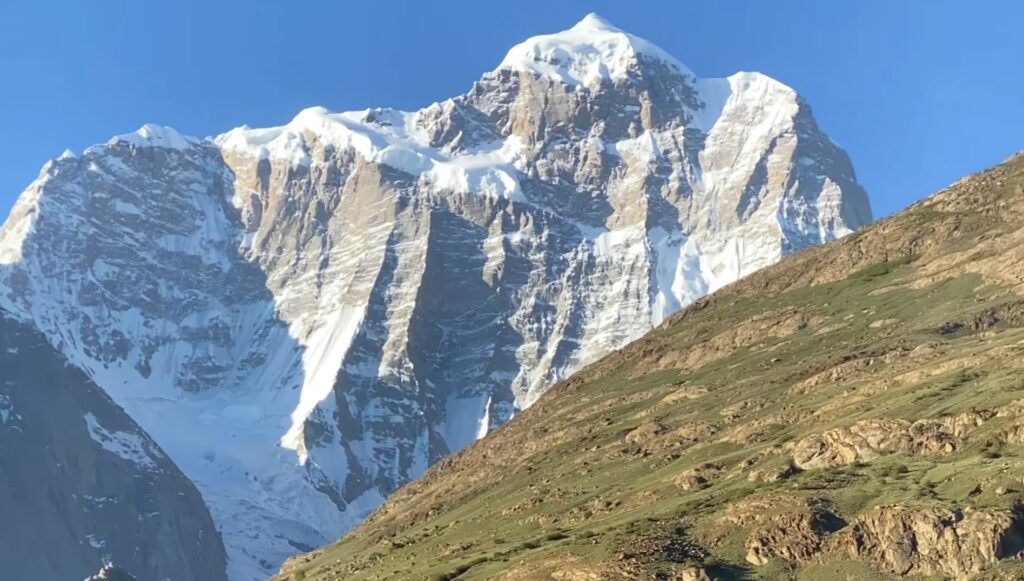
Climbing Routes to Koyo Zom:
There are several climbing routes to the summit of Koyo Zom. The most popular route is the southwest ridge, which starts from the Koyo glacier. The route is challenging and requires a high level of technical climbing skills.
The ascent to the summit is gradual, with several steep sections and exposed ridges. The final ascent to the summit is steep and requires the use of fixed ropes. The views from the summit are breathtaking, with stunning panoramic views of the surrounding mountains and glaciers.
Trekking to Koyo Zom:
Koyo Zom is also a popular trekking destination. The trek to the base camp takes you through some of the most beautiful and remote areas of the Hindu Raj range. The trek starts from the village of Brep in the Yarkhun Valley and takes approximately five days to reach the base camp.
The trek passes through several remote villages, beautiful meadows, and forests, and offers stunning views of the surrounding mountains. The base camp is located at an altitude of 4,100 meters (13,500 feet) and provides stunning views of the Koyo Zom Glacier.
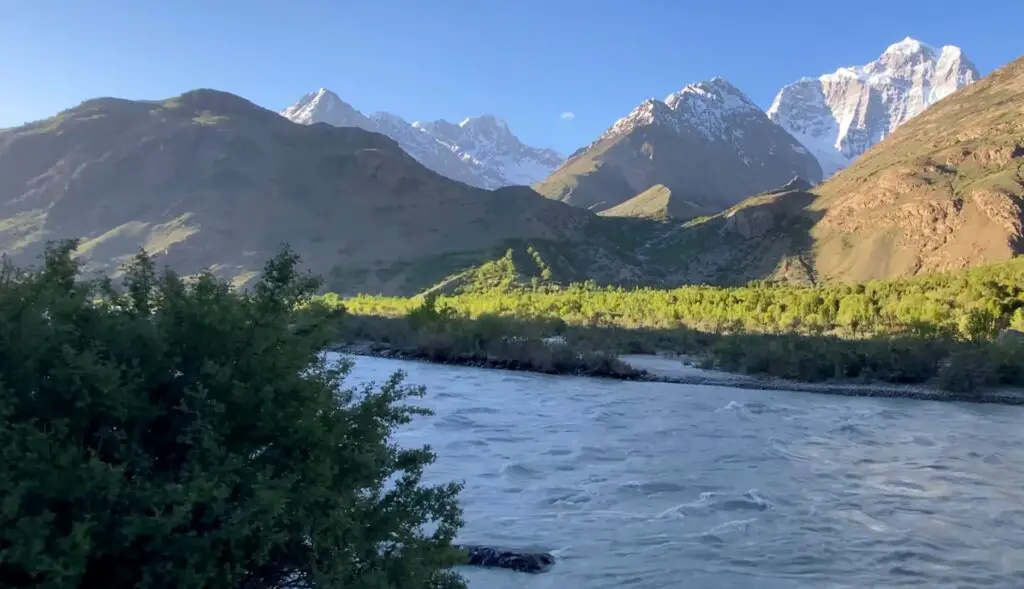
Koyo Zom Glacier
Koyo Zom Glacier, also known as Koyo Glacier, is a vast and icy expanse located in the Hindu Raj mountain range of Pakistan. This glacier originates from the flanks of Koyo Zom, a prominent peak in the region, and cascades down the mountain slopes, carving a majestic path through the rugged terrain of the Chitral District.
As a typical glacier, Koyo Glacier moves slowly over time, shaped by the forces of gravity and the accumulation of snow and ice. Its immense size and length make it a significant contributor to the Yarkhun River‘s flow, providing a crucial water source for the surrounding landscapes and communities.
The glacier’s presence is a testament to the dynamic and ever-changing nature of the mountain environment. Its sheer expanse, crevasses, and icefalls create awe-inspiring vistas for those venturing into this remote part of the Hindu Raj range. For adventurous mountaineers and climbers, the glacier serves as a starting point for expeditions to summit Koyo Peak, presenting both a gateway and a formidable obstacle on the path to the peak.
As with many glaciers worldwide, Koyo Glacier faces the ongoing impact of climate change, with concerns over its retreat and potential consequences for the region’s ecosystem and water resources. The glacier’s health and preservation are crucial not only for the pristine beauty it adds to the landscape but also for its role in sustaining the delicate ecological balance of the Yarkhun Valley.
As awareness of climate change grows, efforts to protect and conserve the Koyo Glacier and its surroundings become increasingly vital to preserving the natural wonders of this remote and captivating part of Pakistan.

